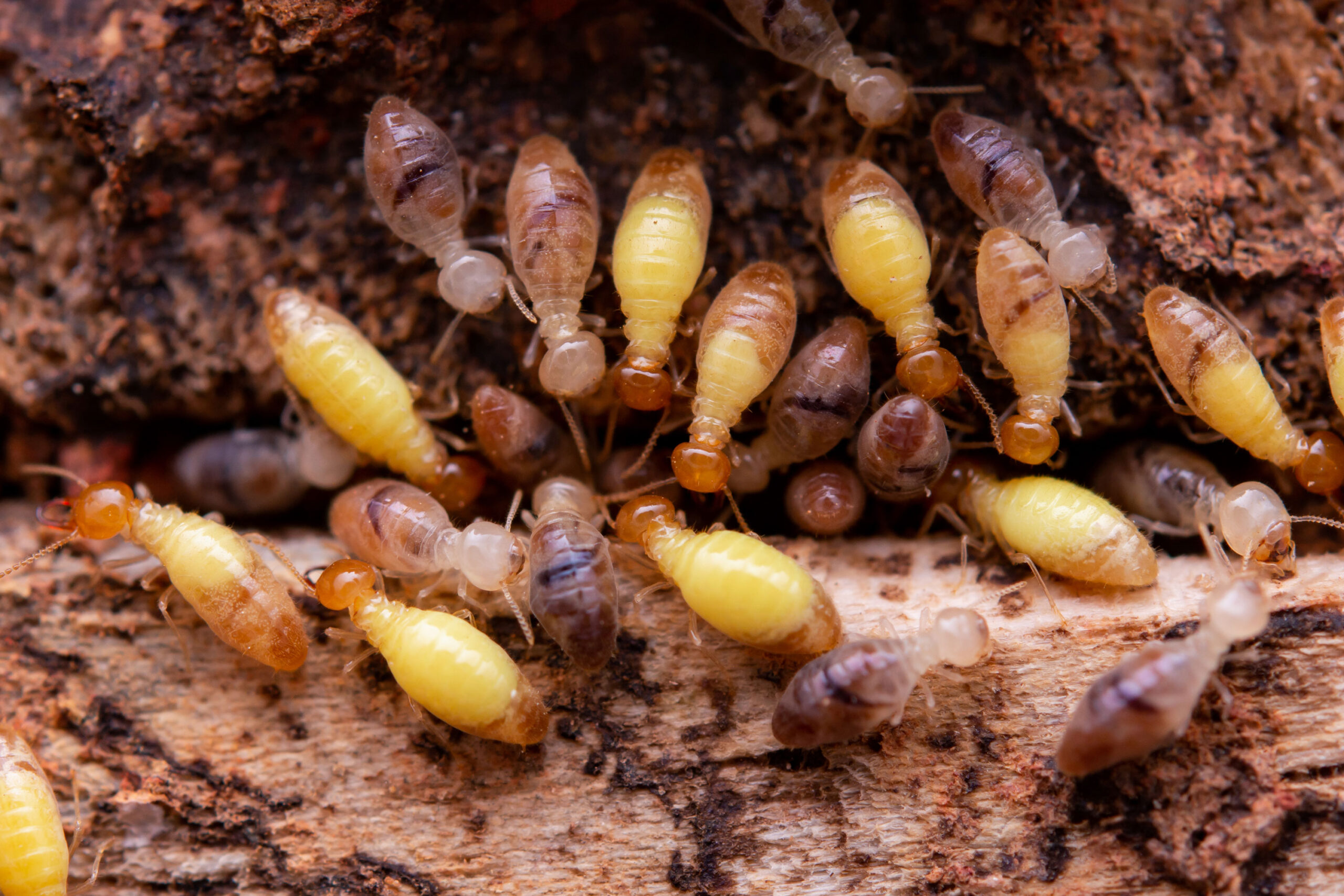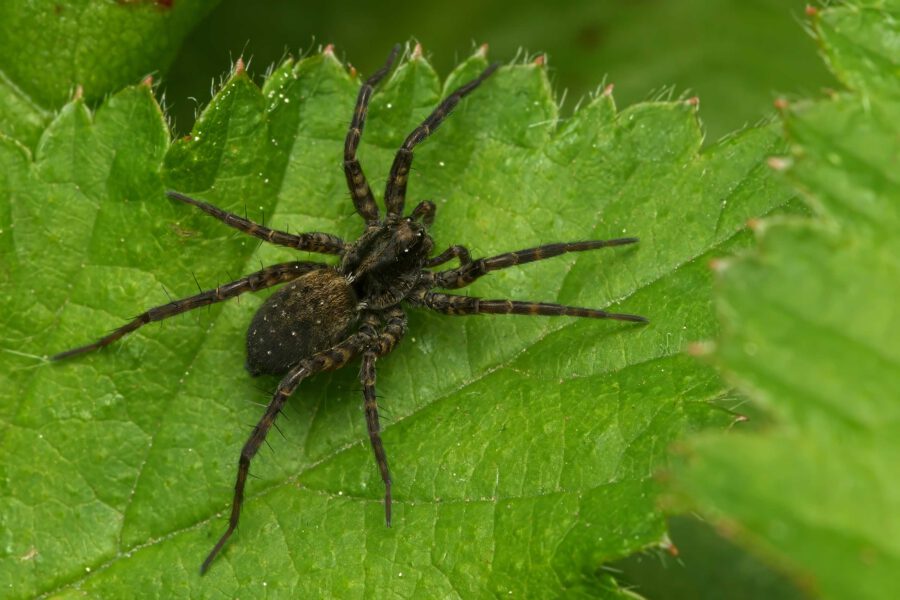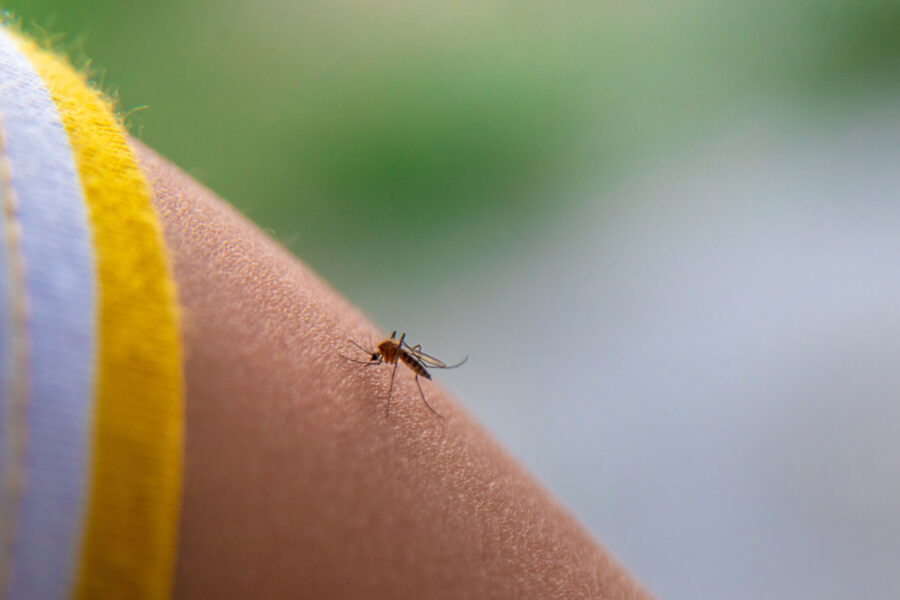Termites are a homeowner’s worst nightmare, and if you live in Texas, encountering them is not uncommon. Termites cost homeowners billions of dollars in damages every year, but with the right knowledge and preparation, you can protect your home from termite destruction.
In this guide to termites in Texas, we’ll go over everything you need to know, from what they look like to how to get rid of them. So, keep reading if you own a home in Texas – it may just save your house!
What Are Termites?
Termites are small, ant-like insects that can cause extensive damage to homes and other wooden structures. They feed on cellulose, a substance found in plant materials such as wood, cotton, and paper, and they often form colonies in the soil or underground nests.
Termites are classified into three different castes:
- Workers: responsible for gathering food and water, building and maintaining the nest, and caring for the young. They consume wood and other materials as their food source. 2. Reproductive: tasked with creating new colonies and producing offspring. They are also known as alates or swarmers during the termite swarming season.
- Soldiers: responsible for protecting the colony from predators like ants, and other potential threats.
What Do Termites Look Like?
Termites are small, soft-bodied insects that are typically light-colored or pale brown. Some termites have wings and may look similar to flying ants, but their straight antennae and broad waist help tell them apart.
Their appearance can also vary depending on their role within the colony, but it’s important to identify which termites are present because different types of termites can cause different types of damage and may require different methods of treatment.
Worker termites are typically small, pale, and wingless. They have a soft, cylindrical body with straight antennae and six legs. They are usually less than a centimeter long and are often mistaken for white ants.
Reproductive termites, also known as swarmers, are larger and darker than workers. They have two pairs of wings that are roughly equal in size and shape, and their body is divided into three segments: the head, thorax, and abdomen.
Soldier termites have larger, more robust heads and jaws than workers or swarmers. They are typically wingless, but some species have wings that are much shorter than those of the swarmers.
What Causes Termites?
Termites are caused by a combination of environmental factors and the natural behavior of the insects themselves.
One of the primary causes of termites is moisture. Termites require a moist environment to survive and thrive, so areas with high humidity or dampness are more prone to termite infestations which means Texas is the ideal spot for termites to flourish. The moisture allows them to build and maintain their nests, as well as provides them with a source of hydration.
Another cause of termites is the availability of food sources. As mentioned earlier, termites feed on cellulose found in wood and other plant materials. So areas with large amounts of wood or other cellulose-containing materials are more likely to attract termites. Decaying wood like rotting siding or trim can add to the attraction making it even more prone to infestation.
Lastly, the natural behavior of termites themselves can contribute to infestations. Termites are social insects that live in colonies, and they are constantly searching for new sources of food and nesting sites. This means that even if a building is constructed with termite-resistant materials, termites can still find their way in and cause damage.
Signs of Termites in a Home
Even if you know what they look like, they may not be hiding in plain sight. So signs of termites in a home are often difficult to detect. But there are some things to keep an eye out for that may indicate an infestation.
One of the most obvious signs is the presence of live termites seen in large numbers on the walls or ceilings. Or if you don’t see live termites, finding discarded wings from swarms of reproductive termites near window sills or doors, can be another sign of termites.
If they are outside your home, or in the foundation, you may see mud tubes. Mud tubes are narrow, muddy-looking tunnels or tubes that termites build to travel through when they are foraging for food or moisture. These tubes are usually made from soil, wood particles, and other materials, and they can often be found along the foundation of a house or building.
Other signs include wood that sounds hollow when tapped or has dark areas or blisters on it caused by moisture from termite activity.
If you think you may see signs of termites but are unsure, you can have a professional come out to do a thorough inspection.
How Common Are Termites in Texas?
Well, since Texas is known for its warm, humid climate, termites are a particularly common problem in Texas, with the majority of termite problems being in coastal areas.
In fact, subterranean termites cause about $500 million in damages per year. And that’s just in Texas!
Types of Termites in Texas
There are three main types of termites in Texas:
- Subterranean termites: these live and feed on wood below ground level and enter structures through mud tubes that they build to travel above ground. These are the most common species in Texas and can cause significant damage to wooden structures like houses and trees if left unchecked.
- Drywood termites: these can also wreak havoc on wooden structures and furniture. Unlike subterranean termites, which require moisture and typically live in the soil, drywood termites live entirely within the wood they consume. They are known to
create small holes in wood surfaces, and the damage they cause can often go unnoticed until it becomes severe.
- Formosan termites: these are common in the greater Houston-Galveston area and Beaumont-Port Arthur. Their colonies can grow to massive sizes underground and cause extensive damage.
Termite Swarming Season in Texas
Termite swarming season in Texas typically occurs in the spring, from February to April. During this time, reproductive termites emerge from the ground to start new colonies.
Depending on the location within the state and the weather conditions, the exact timing of swarming can vary from year to year and is influenced by factors such as temperature, humidity, and rainfall.
But it’s important to monitor for signs of termite activity around your property during termite swarming season in Texas in order to identify any signs of an infestation early on.
Should I Be Worried If I See a Termite in My House?
If you spot a termite in your home, it’s important to take action quickly. They usually do not travel alone, so if you see one termite, it’s likely that there are many more nearby.
While termites are harmless to humans, they pose a huge risk to the structure of your home and can lead to costly repairs or replacements.
Generally speaking, it can take anywhere from three months to two years for a severe infestation of subterranean termites to cause significant damage to a home, but without proper treatment, these destructive insects can continue feasting on wood until their colony is eliminated or until there is nothing left for them to eat.
How to Prevent Termites
There are a few things you can do on your own to help prevent future infestation:
- Keep all wood debris away from your house and maintain good ventilation in attics and crawl spaces to avoid excessive moisture.
- Make sure all gutters are clear of debris so that water does not accumulate near the foundation of your home, and check periodically for any rotting trim around your house which could be a food source for termites.
- Have your house pretreated for termites by a professional if you live in Texas. Texas A&M agriculture experts estimate that Texas homes that are not protected have a 70% chance of suffering termite damage within 25 years.
How to Get Rid of Termites in Texas
If you notice any signs of termite activity – such as damaged wood or mud tubes – taking swift action is key in preventing extensive damage from occurring in your home. It’s important to contact a professional right away before the problem gets worse!
If you’re in the Rio Grande Valley, you can trust the experts at Rhodes Home Service to help you keep termites out.
A qualified technician will inspect your home and determine the best course of action for eliminating the infestation. This may involve using specialized insecticides or baiting systems designed specifically for termite control.
Additionally, they can help you identify potential food sources that attract termites, such as tree stumps, moisture levels, and structural wood, and recommend ways to reduce them around your property.
Contact a Rhodes Home Service Expert Today
Termites do not go away without treatment. They are persistent pests that can cause serious damage if left untreated.
If you’re in the Rio Grande Valley, you can trust the experts at Rhodes Home Service to help you keep termites out. We offer spot treatments and perimeter soil treatments for existing termites, as well as more preventative treatments like discrete termite bait stations that are flush with the ground when installed.
In addition to that, homes in the Esperanza community are pretreated during the framing stage of construction with a borate treatment that protects the home, and the warranty is backed by Rhodes Home Service for 1 year.
Enroll now and receive your first service for free!




